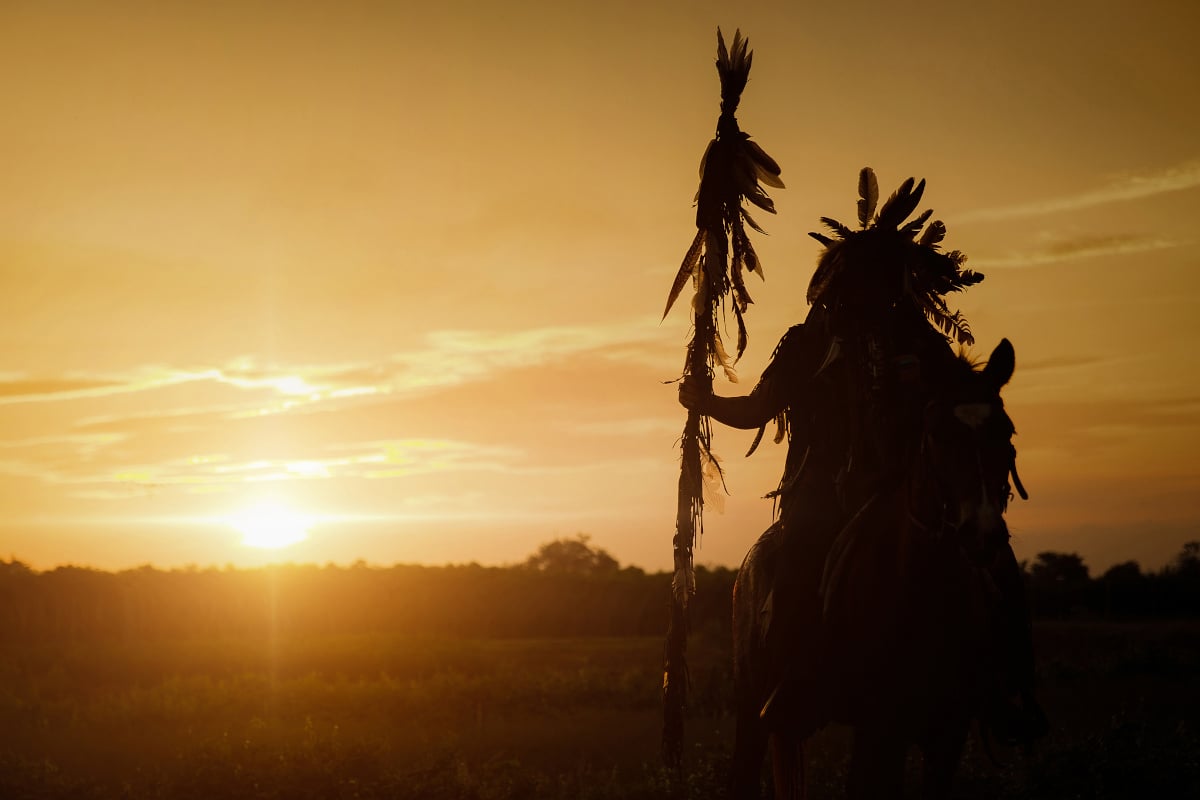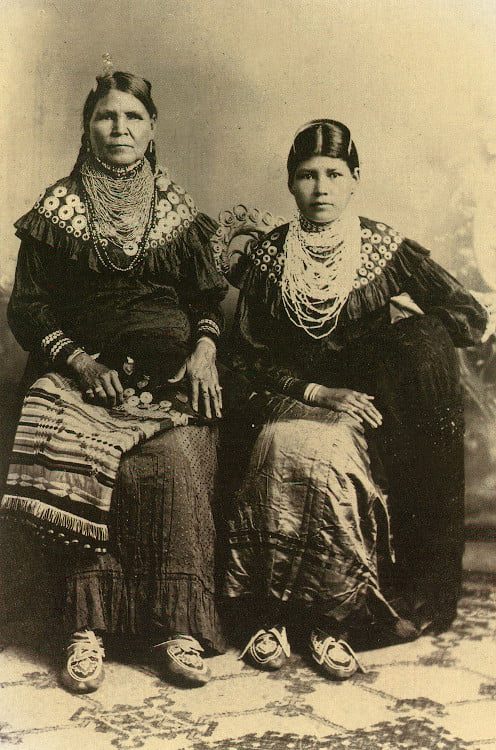
Storm Spirits and the Undead: Native American Tornado Myths and Legends
Each year, the United States has an average of 1,200 tornadoes, making up more than 75% of worldwide occurrences. The Central Great Plains is a unique geographical landscape that produces the perfect conditions for turbulent storms to form. With warm air rising from the south and cold air descending from the north, these vast flat lands become atmospheric battlegrounds. For those who have experienced the terrors of the mighty tornado, it is a haunting reminder of Mother Nature’s supremacy.
When Europeans first came to North America, they may have never anticipated what destructive forces awaited them as they colonized these regions. The Indigenous people, on the other hand, who have lived on these lands for thousands of years, knew exactly what they were up against. For many generations, and through countless legends, stories, and words of wisdom passed down, they learned to live in harmony with their old springtime friend, tornado.
- The Vortexes of Native American Culture and Cultural Misappropriation
- Native American Creation Stories: Creator Animals, Gods and Goddesses
Spirits of the Tornado
Many Indigenous mythologies tell tales of the spirits that inhabit the tornado. Often, these spirits were anthropomorphic in that they exhibited human features or characteristics. Some were powerful beings, while others were less harmful. The terms cyclone or whirlwind could be used interchangeably to describe the tornado; in some cases, each represented something different. The cyclone was inherently destructive, a force of nature. The whirlwind was common in the Great Plains, as strong winds whipped up small twisters that caused little harm to the community. They were seen as wandering spirits of the dead searching for the spirit land, or considered to carry spirits that caused confusion.
The Shawnee, Lenape, and Caddo tribes spoke of the Cyclone Person, an anthropomorphic male or female figure with long hairs that thrashed and twisted, destroying the land. In Shawnee mythology, three primary entities created by the sacred Grandmother spirit controlled the weather. The first was a group of four, called the Four Winds, followed by the infamous Thunderbird that emitted lightning from its eyes as it fought the Horned Serpent during storms. Finally, there was the Cyclone, envisioned as a female with long entangled braids that made up the formation of the tornado.

Members of the Lenape (Oklahoma) tribe. (Public Domain)
In Arikara and Arapaho tradition, they described the tornado as the Whirlwind Woman, a dangerous storm spirit of the Northern Plains. Like the Cyclone Person of the Shawnee, the whirlwind was anthropomorphic with feminine characteristics. She was a formidable being, yet was also seen as the bringer of magical and fortuitous gifts to those deemed worthy. Some tales considered her a spirit of the tornado; others claim that she joined with the tornado as it swept her up in human form.
The Power of the Cyclone: A Caddo Legend
As a young boy rested by the river as he often did, he suddenly began to hear a mysterious, disembodied voice call out to him. This voice whispered gifts of unimaginable strength and power; intrigued, the boy listened. From the depths of the dark water, an old man slowly emerged. He told the boy that his power was that of the great cyclone, but his age had weakened him, and he needed a successor to carry on his legacy.
The old man instructed the boy to lift his arms and gently swing them around. The boy complied, and the sky darkened as ominous clouds formed. He then yelled for the boy to swing his arms faster; winds rapidly descended and swirled until they hit the ground with a tumultuous roar. Trees flung from their roots, debris scattering the land, the river tossed and churned as the boy continued swinging in amazement. Amid all the chaos and excitement, the old man screamed for him to stop. Just as quickly as it began, it was all over. From that day forth, the boy was known as “Path-of-the-Cyclone.”
The Girl Who Became a Whirlwind
While on a buffalo hunt, two Arikara children, a little boy and his older sister, had gotten separated from the group. Afraid, they fled to the forest, wandering in an attempt to find their village. Growing tired and hungry, the girl led her little brother to a cave where she left him to look for food. As she searched, a whirlwind miraculously appeared before her and swept her into its winds, taking her to a far-off place. Eventually, she returned and the children were taken back to safety. Soon, the brother noticed a change in his sister: she disappeared at random and would be gone for many days at a time.




